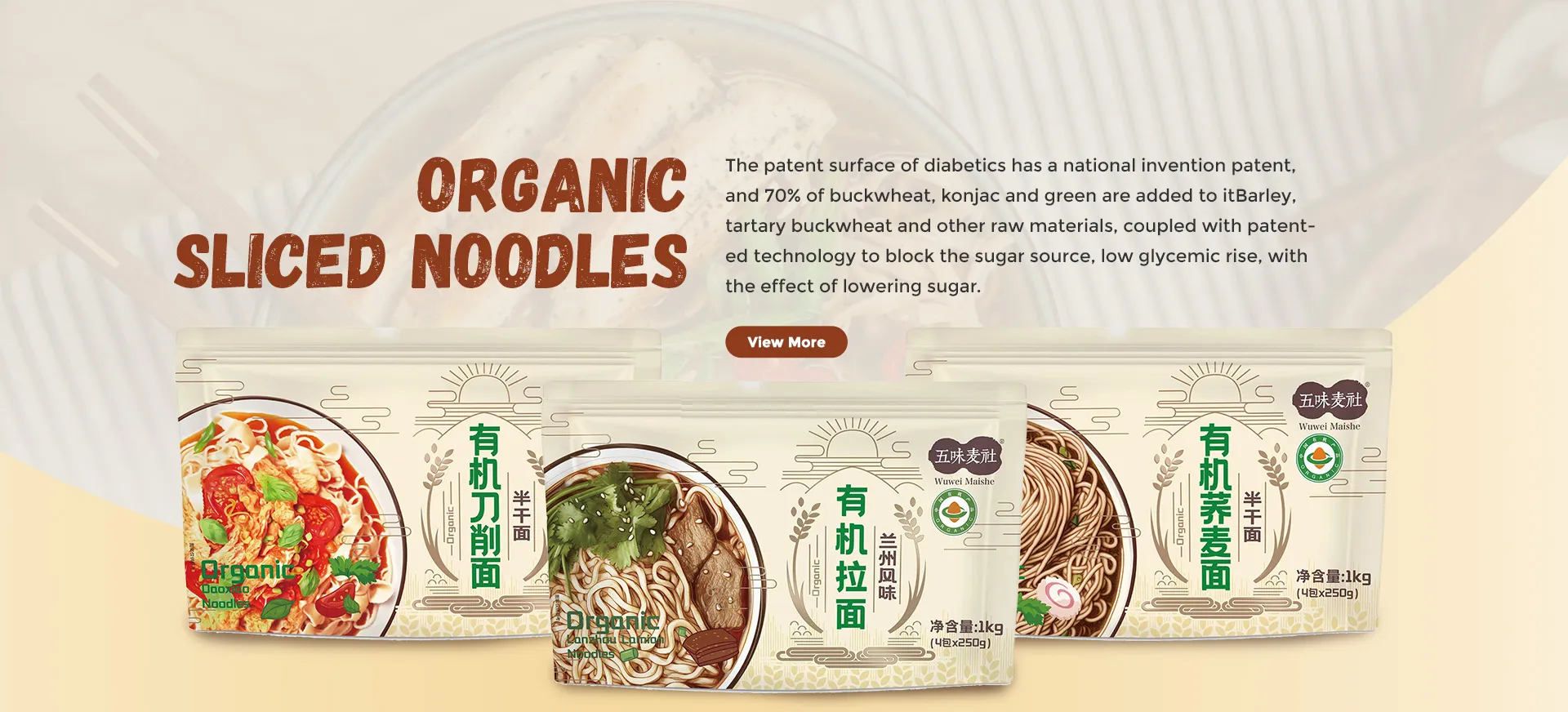difference udon and soba
The Differences Between Udon and Soba A Culinary Comparison
Japanese cuisine is celebrated around the world for its unique flavors, aesthetic presentation, and cultural significance. Among the diverse array of dishes, two types of noodles stand out udon and soba. Both are integral to Japanese culinary tradition, yet they exhibit notable differences in ingredients, preparation, taste, and uses. This article delves into the characteristics of udon and soba, highlighting their distinctions and the contexts in which they shine.
Ingredients and Preparation
The primary difference between udon and soba lies in their base ingredients. Udon noodles are made primarily from wheat flour, salt, and water, which gives them a thick, chewy texture. The dough is kneaded, rolled, and cut into broad strands, typically measuring about 6 to 8 millimeters in width. The thickness of udon contributes to its hearty bite, making it a favorite in comforting dishes.
On the other hand, soba noodles are crafted from buckwheat flour, which is often mixed with a small amount of wheat flour to improve elasticity. This unique ingredient gives soba its distinct nutty flavor and a darker color than udon. Soba noodles may vary in thickness, generally ranging from 1 to 3 millimeters, resulting in a much thinner and more delicate texture.
The preparation methods of these two noodles also differ. Udon is often boiled before being served in various broths or stir-fries. In contrast, soba can be enjoyed in different forms served hot in soup, cold with a dipping sauce, or even in salads. The preparation can also affect the texture—while udon tends to be softer, soba maintains a firmer bite, making it versatile for various culinary applications.
Taste and Texture
When it comes to flavor, udon and soba evoke distinct experiences. Udon's soft, chewy texture contributes to its rich and comforting flavor profile. Often served in a savory broth, udon noodles absorb the surrounding flavors, making each bite a burst of warmth, often complemented by toppings such as green onions, tempura, or egg.
In contrast, soba offers a more complex flavor with its nuttiness from the buckwheat. The taste of soba can vary slightly based on the buckwheat percentage used in the noodle-making process. Pure soba, made from 100% buckwheat flour, can have a robust flavor, while mixed soba may have a milder taste. Soba is frequently enjoyed cold, allowing the inherent flavor of the buckwheat to shine through, often served with a dipping sauce called “tsuyu.”
difference udon and soba

Cultural Significance
Culturally, both udon and soba hold significance in Japan. Udon is often associated with comfort food and is a popular choice during colder months. It’s frequently featured in festive occasions, and it symbolizes warmth and family togetherness. Dishes such as “kitsune udon,” topped with sweetened fried tofu, are commonly eaten during New Year's celebrations.
Soba, on the other hand, is traditionally consumed on New Year’s Eve in Japan, a practice known as “toshikoshi soba.” This tradition symbolizes the transition from one year to the next, embodying the hopes for a long and healthy life. Additionally, soba is often associated with health benefits due to the nutrients found in buckwheat, including protein, fiber, and antioxidants.
Culinary Applications
In terms of culinary applications, both udon and soba can be used in a variety of dishes. Udon shines in hearty soups such as “yaki udon,” where it is stir-fried with vegetables and protein, and in the classic “nikujaga” stew, where it absorbs all the wonderful flavors. It's also versatile enough to be used in cold salads during hot summer months.
Soba, being more delicate, is often used in lighter dishes. Cold soba noodles can be served with a dipping sauce, making them perfect for summer meals. Moreover, soba is commonly incorporated into salads or paired with seasonal vegetables. The versatility of soba allows for creative adaptations, from sushi rolls to soba burgers, appealing to a broad range of culinary preferences.
Conclusion
In summary, while udon and soba are both treasured elements of Japanese cuisine, they offer distinct experiences in terms of ingredients, flavors, texture, cultural significance, and culinary uses. Understanding these differences enhances the appreciation for these unique noodles and showcases the rich diversity within Japanese culinary traditions. Whether you prefer the chewier, comforting nature of udon or the nutty, delicate qualities of soba, both noodles have secured their place in the hearts—and stomachs—of people around the world.
-
Is Whole Wheat Pasta Healthy?NewsMay.30,2025
-
Are Soba Noodles Good for Weight Loss?NewsMay.30,2025
-
Are Buckwheat Soba Noodles Healthy?NewsMay.30,2025
-
Are Buckwheat Soba Noodles Gluten Free?NewsMay.30,2025
-
Are Buckwheat Noodles Good for You?NewsMay.30,2025
-
A Healthy Way to Savor Soba and Spicy FlavorsNewsMay.30,2025
-
What Are Lanzhou Noodles?NewsMay.30,2025
Browse qua the following product new the we

















































































































